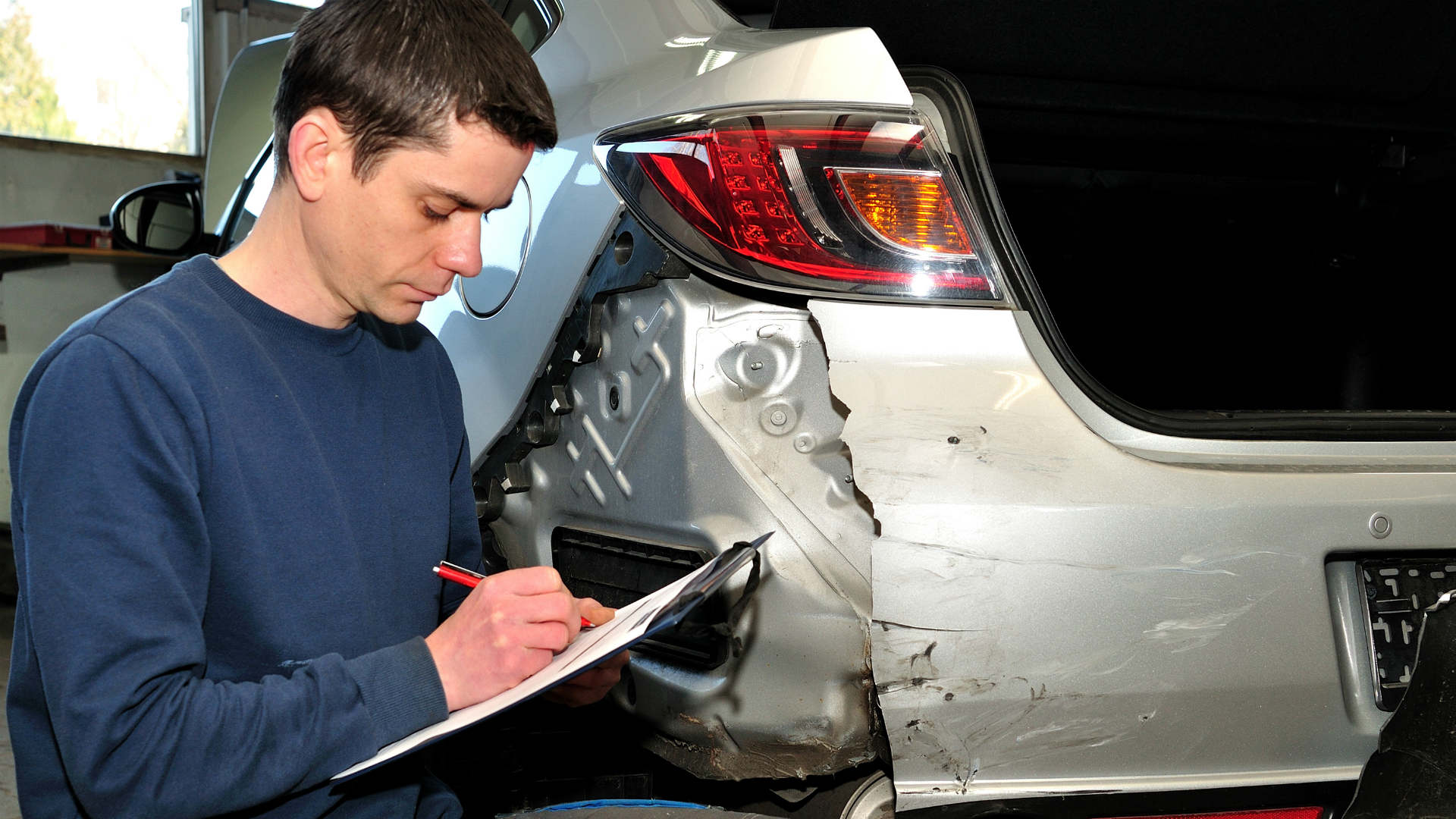
Voluntary and compulsory excesses are two of the most misunderstood elements of car insurance, according to research by GoCompare.
Excess-related elements, including ‘compulsory excess’ and ‘voluntary excess’ finished towards the bottom of a list of 16 common car insurance terms.
Worryingly just 30 percent of drivers would be able to afford to pay the excess in the event of an insurance claim, with only 35 percent of drivers surveyed saying they check the policy excess when arranging cover.
What is an excess?

The excess is the amount of money you’ll have to pay if you make a claim on your car insurance. An excess will be applied to claims for theft, fire damage, at-fault accidents and write-offs.
There are two types of excess: voluntary and compulsory. Combined, these make up the ‘total excess’, which could add up to a significant sum. It’s one of the reasons why you should check the finer details of an insurance quote, and not just the annual premium.
For example, if the voluntary excess is £250 and the compulsory is excess is £300, you’ll have to pay £550 towards the cost of any claim – and this on top of the annual premium.
The voluntary excess is chosen by the policyholder and is the amount of money you’re prepared to pay in the event of a claim. Paying a higher voluntary excess could lower your premium but will cost you more if you make a claim.
The compulsory excess is set by the insurer and will vary depending on several factors, such as the policyholder’s age and experience and the type of car that’s insured.
Note: insurers will only process claims once the excess has been paid, regardless of who is at fault.
If the other driver has admitted fault and notified their insurance, the excess might be waived. When the insurer is certain you’re not at fault, you’ll get the excess back.
Excess protection

GoCompare is giving away a free £250 excess cover to every customer who buys a qualifying car insurance policy.
Customers who need to make a claim will be reimbursed up to £250 excess when their insurance claim has been settled.
Lee Griffin, CEO and founder of GoCompare, said, “Policy excesses are a grey area for many people and, as a result, they can provide a nasty shock during a claim – a time when there is already enough stress.
“Our research has revealed that excesses could contribute to genuine financial hardship, with 37 percent of drivers admitting that they don’t have the means to pay their excess or would have to turn to credit cards or loans.
“Whether you’re arranging insurance for the first time or renewing cover, it’s important to consider the total cost of the policy. This means looking at the amount you pay upfront by way of the policy premium, and the cost of the excess payable if you’re unfortunate enough to need to make a claim.”
For more information, visit GoCompare’s detailed guide to car insurance excess.
[…] your voluntary excess to £250 will save you 25 percent. Increasing it to £500 or £1,000 could actually result in a […]
Nice Article! Thanks for providing this.
For young drivers it’s important they properly understand what insurance excess is because it can be so costly. Some young drivers have £1,000 or £2,000 excess that makes the whole motoring trip unaffordable.